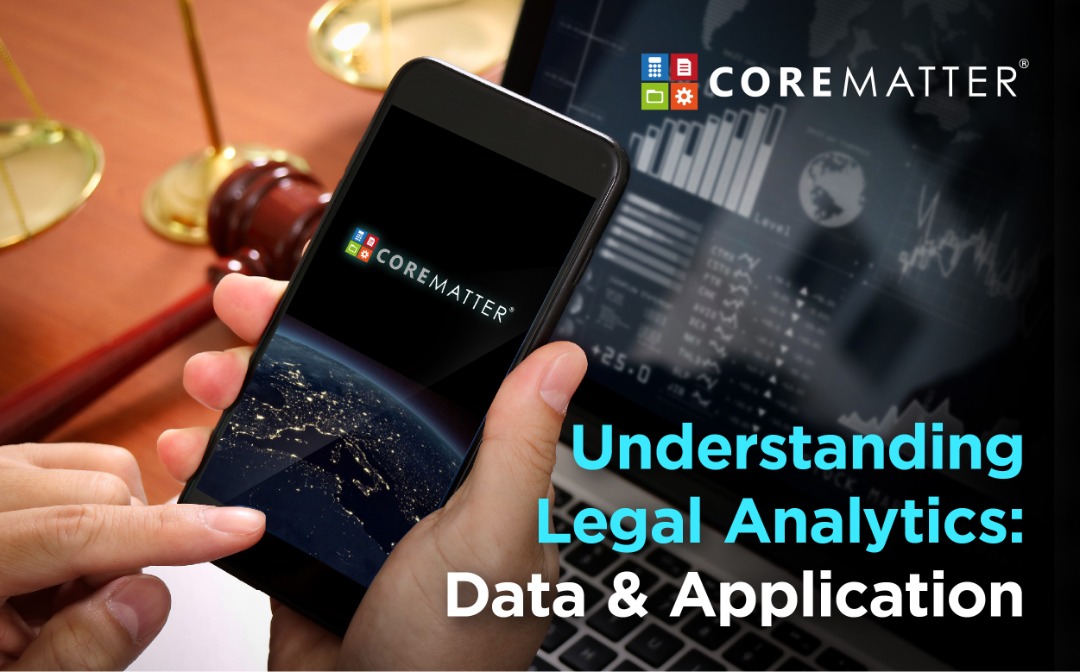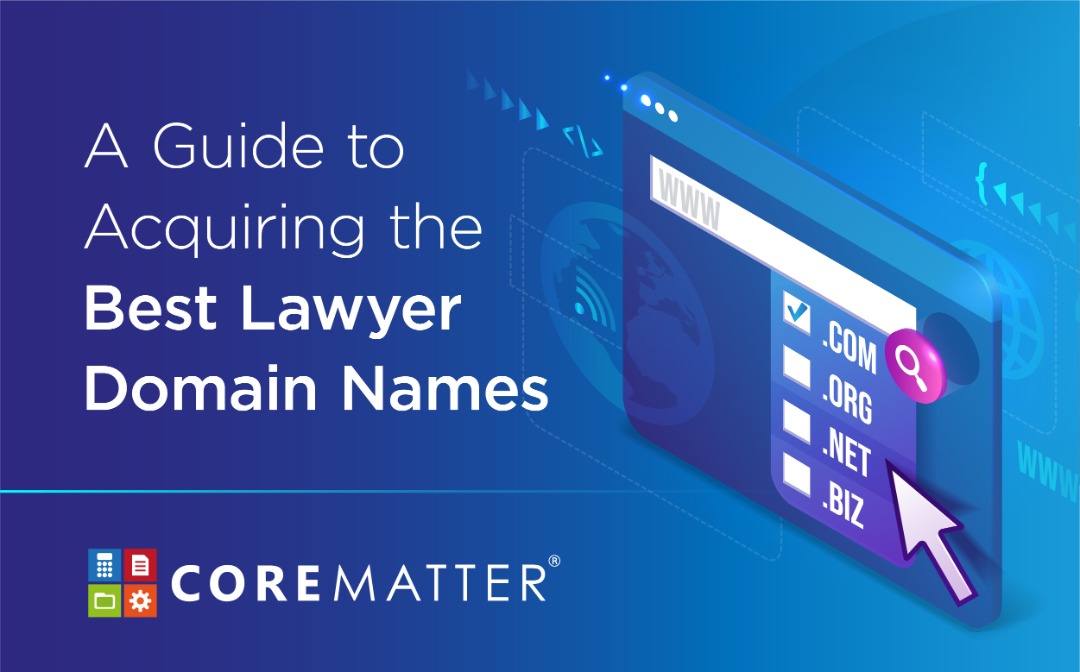
Understanding Legal Analytics: Data & Application
Imagine what a lawyer does every day: examining legal data, defending clients, or negotiating settlements. Just processing legal data alone demands more time than other tasks. In recent years, we see advancements in legal technology leading to the emergence of legal analytics to help with this time-consuming chore. Here we explore the definition of legal analytics, its data, and its application.
What is Legal Analytics?
A tremendous amount of data is generated within the legal profession daily. It becomes legal analytics when you apply and analyze data from matter management, financial forecasting, legal strategy, and resource management into the business and practice of law.
There are two types of data in the legal industry – internal and external. What is the difference between the two?
- Internal data is related to the firm’s activities, such as past billings, invoicing, attorney performance, active cases, client payment history, running expenses, matter management and legal marketing.
- External data comes from various sources within the legal industry, including court data and filings, outcomes of cases, appeal rates and legal research and data.
Legal analytics can help law firm owners and lawyers derive insights and make sense of different data from court decisions, client billing, and matter management data.
It answers fundamental questions: does it make sense from a financial standpoint to continue servicing this client? What is the probability of a particular motion outcome? How can I decrease the cost of running my law firm? How long would it take for this case to resolve?
Having technology simplifies the task of gathering, organizing, and analyzing data for lawyers and law firms. There’s no need to manually go through thousands of files when legal analytics takes care of the search and topline analysis.
How big of an impact has legal analytics made?
While the legal industry is still in its infancy in legal analytics and big data, some forward-thinking law firms have applied legal analytics to their practice. A study by ALM Intelligence and Lexis Nexis Show revealed that:
- 98% of law firm owners say it improves their firm’s performance
- 81% were looked upon favorably by clients
- 90% said legal analytics made them a better practitioner
How is legal analytics applied?
Today, there are three main areas in the legal industry where legal analytics is applied. We explore them here:
Legal Research
Legal research is the most time-consuming work. Manually searching through volumes of precedents or statutes is tedious. Technology proves advantageous here with software that can help lawyers conduct legal research thoroughly and quickly.
Legal analytics tools can assist in the search for relevant cases without having lawyers or legal assistants go through a mountain of leatherbound books and sort them through individually. Key in the keywords, and the system analyses volumes of data and returns with your query. These sites are worth your time:
Legal Predictive Analytics
Probably the most significant advancement in legal technology, legal predictive analysis involves machine learning or artificial intelligence (AI), which serves lawyers to forecast the future.
From predicting how long a case will last to the probability of winning, legal predictive analytics can help lawyers present trends analysis, correlations, and irregularities to build a case, plan litigation strategies, and assess suspects. It also assists lawyers in deciding if they need external counsel, consultants, or partners for cases.
Most legal predictive analytics software requires significant investment and are much better suited to larger law firms that can afford to use it as a secondary tool. Moreover, improvements are still underway to fine-tune legal predictive analysis technology. Advocates of this technology have reported that legal predictive analysis is still subject to the risk of human errors, such as incorrectly keyed-in data or dates. When preparing for court cases, lawyers still need to do due diligence to ensure the legal research and predictive analysis is sound.
Law Firm Analytics
Law firm analytics has been around for many years and has proven vital for law firms of all sizes. Law firm analytics tools focus on the business of law and monitor the right KPIs that will help make a difference to a firm’s bottom line and performance.
All-in-one legal practice management solutions like CoreMatter is a good example. CoreMatter helps track KPIs related to client matters, lawyer billing and expenses, case management, invoicing and collections, and the firm’s overall financial performance. The system helps make sense of the data and provides law firm owners with a data-driven decision-making approach. For example, if payment collections are a problem, law firm owners can devise attractive payment plans that encourage clients to pay on time or work on securing new and better-paying clients.
Does your firm need legal analytics?
The answer depends. If your law firm is large and has ample funds, then all three types of legal analytics technology can be beneficial. Legal analytics is also best suited for firms that need to process and analyze large volumes of data.
Suppose you are looking for something that is reasonably priced. In that case, it is better to harness free legal research tools and affordable solutions like CoreMatter, providing tools for legal analytics and management of business KPIs. CoreMatter supports you in legal practice management and accounting by analyzing the data and providing insights to improve your law firm. When you make data-driven decisions, you save cost, improve performance and grow your bottom line faster.
To learn more about how CoreMatter works, sign up today for a free demo!
CoreMatter, the leading cloud-based case management tool in Southeast Asia, frees your firm from the mess of the mundane to focus on what matters most.


